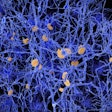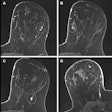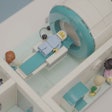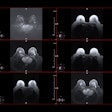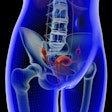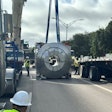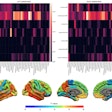Performing a "second-look" ultrasound offers a substantial clinical benefit for evaluating unexpected lesions found on breast MRI exams, according to research published in the October issue of the Journal of Ultrasound in Medicine.
A research team from Elizabeth Wende Breast Care in Rochester, NY, found that second-look ultrasound was able to visualize 70% of unexpected lesions found on presurgical breast MRI, allowing for easier biopsy of these cases. In addition, second-look sonography led to a management change in 23% of the lesions it identified (J Ultrasound Med, October 2009, Vol. 28:10, pp. 1337-1346).
"Second-look sonography has considerable value and an important role in the evaluation of findings from breast MRI," wrote a research team led by Dr. Stamatia Destounis.
Seeking to determine the utility and efficacy of second-look sonography to assess abnormalities found on presurgical breast MRI, the study team performed a retrospective review of 141 presurgical breast MRI exams (with 182 unsuspected breast abnormalities) performed at their institution between May 2003 and December 2005.
To be included in the study, patients had to have received second-look sonography and have documentation of the imaging examinations, as well as the size of the lesion on breast MRI and subsequent breast sonography, in their medical record. Women received contrast-enhanced breast MRI on a 1.5-tesla EchoSpeed system (GE Healthcare, Chalfont St. Giles, U.K.) with a four-channel, phased-array dedicated breast coil (MRI Devices, Waukesha, WI).
Second-look ultrasound exams were performed on either an iU22 scanner (Philips Healthcare, Andover, MA) with an L12.5 transducer or a Sonoline Antares system (Siemens Healthcare, Malvern, PA) with a 13.5 VFX transducer. Images were acquired by linear transducers with scans in the transverse, longitudinal, radial, and antiradial planes, according to the researchers.
Of the 182 unexpected breast MRI lesions, 128 (70%) were visible on second-look sonography.
"If visible on sonography, the lesion was biopsied stereotactically, by sonography, or by fine-needle aspiration," the authors wrote. "This prevents additional discomfort associated with an MRI-guided procedure as that procedure requires the patient prone, scanning in between positioning, setting up for biopsy, and also precontrast and postcontrast imaging for localization of the lesion."
Thirty-nine cancers were found during pathologic examinations of these sampled lesions, as well as nine high-risk lesions, 72 benign lesions, and one lesion not specified at surgery.
An unsuspected abnormality found on breast MRI often led to a change in patient management, the researchers noted. Of the 182 lesions that went on to receive second-look ultrasound, 36 (20%) had a change in their management; sonography influenced this management change in 30 (83%) of these 36 lesions. The other six were sonographically occult and went on to MRI-guided biopsy.
In other findings, nine (23%) of the 39 cancers found on second-look sonography were in the contralateral breast. Twenty-five of the 39 cancers were invasive carcinomas (ductal and lobular); nine of the 25 invasive carcinomas had associated ductal carcinoma in situ.
Needle biopsy was performed on 50 (93%) of the 54 sonographically occult lesions, finding eight cancers (including one contralateral cancer), one high-risk lesion, and 41 benign lesions. Of those lesions visible on sonography, 32% were histologically proven carcinoma, a higher percentage than in the group of lesions without a sonographic correlate (16%), according to the authors.
The results of the study indicate that second-look ultrasound can be an alternative to MRI-guided biopsy, which might not be available or might take up valuable magnet time and require additional staffing, the researchers concluded.
"It is important to try other biopsy methods before having to use MRI-guided biopsy, and this is where it is important to incorporate second-look sonography," they said.
By Erik L. Ridley
AuntMinnie.com staff writer
October 7, 2009
Related Reading
Patient age, clinical indication need to be considered in breast MRI, September 18, 2009
Automated whole-breast US doubles cancer detection, September 10, 2009
Follow-up ultrasound aids in evaluating new lesions from breast MR, April 1, 2009
Ultrasound, MRI perform well in dense breasts, March 8, 2009
3D Doppler evaluation helps identify malignant breast lesions, November 6, 2008
Copyright © 2009 AuntMinnie.com



.fFmgij6Hin.png?auto=compress%2Cformat&fit=crop&h=100&q=70&w=100)
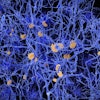
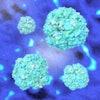

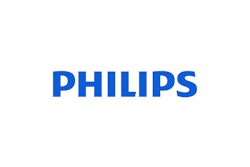
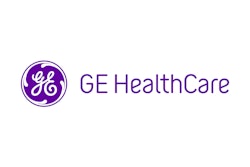
.fFmgij6Hin.png?auto=compress%2Cformat&fit=crop&h=167&q=70&w=250)


